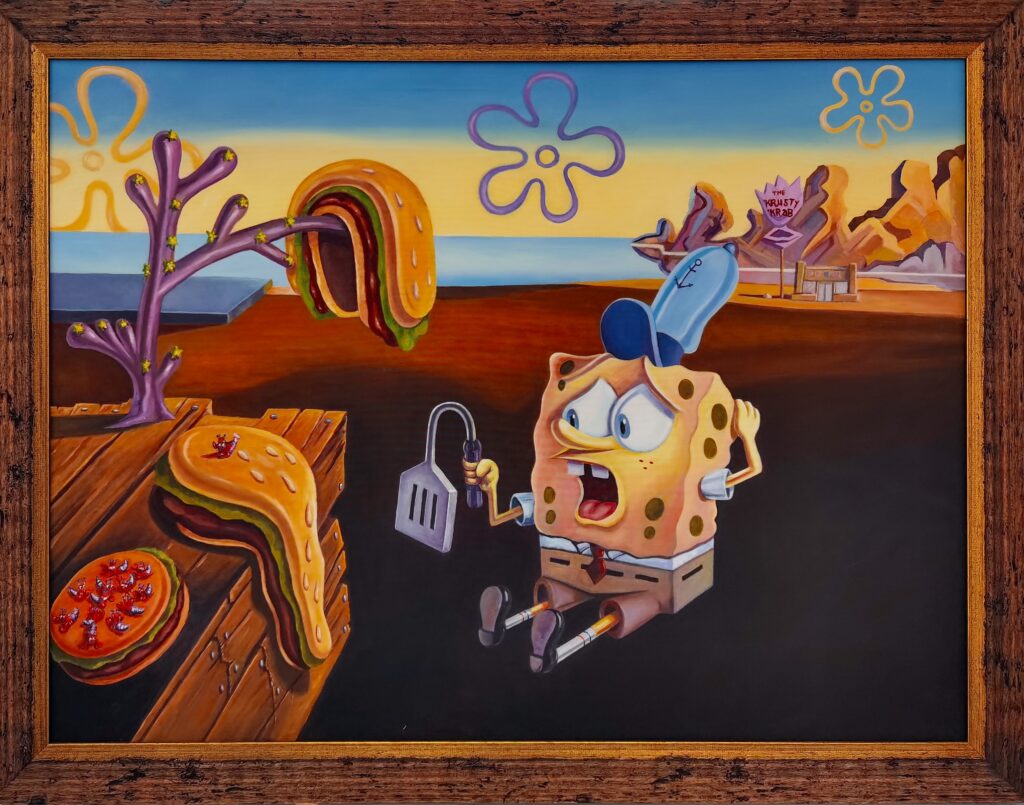Take an adventure into the delightful world of mezcal
It wasn’t vodka, my friend laughed, but a spirit he purchased from a small “distillery” near a beach in Jalisco. The distiller poured the homemade hooch into bottles that once were home to name-brand booze. Apparently, it’s common for entrepreneurial locals to sell low-grade alcohol out of gas cans to fishermen and tourists. We were afraid to have more than a couple sips given the smell, but kept sniffing the open bottle in amazement.
That was my recent — and less than stellar — introduction to mezcal, a Mexican agave-based spirit that often is described as tequila’s bolder, smokier, feisty sibling. For some reason, I found that stuff intriguing, and have been blowing all my spending money on mezcals, which have become my drink of choice.
Discovering new spirits can be an adventure, and I heartily recommend that adventurous imbibers take a trek through the Oaxaca-based world of mezcals. All tequilas are, technically, mezcals. But tequila must be made from the Blue Weber agave. Mezcals can be made from any number of agave plants. Tequila producers must be based in Jalisco or in one of several nearby states. Mezcals can come from a wider number of locales. But the real difference, from a drinker’s perspective, is the process by which these beverages are made.
There are some industrially made mezcals that are, essentially, variants of tequila made from different types of agave plans (and often with a worm in the bottle, which was a touristy marketing gimmick from the 1950s). But the “artisanal mezcals” that have delighted foodies in recent years are made in an old-style village manner. The agaves are cooked in underground pits. Donkeys often will pull a large stone to crush the piñas. It’s far different from the use of stainless-steel autoclaves by tequila-makers to ferment the agave.
The resulting spirits tend to be smoky, widely varied and at times overpowering — although not in the same harsh way as the cheap stuff described above. It’s common to see mezcals compared to Islay Scotch. When I first had a dram of Laphroig, I was overwhelmed by the peaty, iodine-like flavor and couldn’t imagine how anyone could enjoy its medicinal taste. It’s now my go-to whiskey. Islays compare to blended scotches the way that mezcals compare to tequilas, and the bold and complex flavors are really enticing.
It was an eye-opener to me when I discovered real, 100 percent agave tequilas. Like many people, I’d become accustomed to mixtos, the bottom-shelf, mass-market bilge made with 51 percent blue agave and typically 49 percent cane sugars. Their gold color came from caramel food coloring. These hangover-inducing tequilas are drowned in cheap margarita mix or downed as shooters. Then I sampled the good stuff and discovered the delightful flavors of the agave, and then the differences between the blanco (unaged), reposado (rested) and añejo (vintage).
It was an even more delightful experience to sample mezcals, and enjoy the kind of complexities and flavor that leaves tequila in its dust (or smoke). I’ve yet to try a “pechuga,” the variant of mezcal that is distilled with a raw chicken breast hanging above, given the $150 a bottle-plus price of entry. But it does remind us of the potential for endless discovery in this new spirit world.
Fortunately, U.S. hipsters have discovered mezcal, and are willing to pay the often-hefty prices for these small-batch offerings. The new dollars flowing into this once-overlooked market means that American consumers can now sample myriad products that were once impossible to find outside Mexico.
I’ve found some wonderful choices in the $34 to $60 range. My favorite, so far, has been the Koch espadÍn, which combines strong smokiness with complex fruity flavors ($44). Sombra is a great smoky bargain ($34). Fidencio Clasico has some of that tire-fire taste that I’ve since found irresistible ($38). Del Maguey Vida ($33) is the easiest to find and tasty, but its boozy intensity can be overwhelming.
As much as I enjoy mezcal, I’ve yet to find a mezcal-based cocktail that appeals to me. It’s too overpowering (and costly) to mix with other things. I drink it neat, savor its smell — and am happy that I didn’t let my first experience with it dissuade me. Next on the adventure list: A trip to Oaxaca to see how it’s actually produced.
Image by Anton_Ivanov






